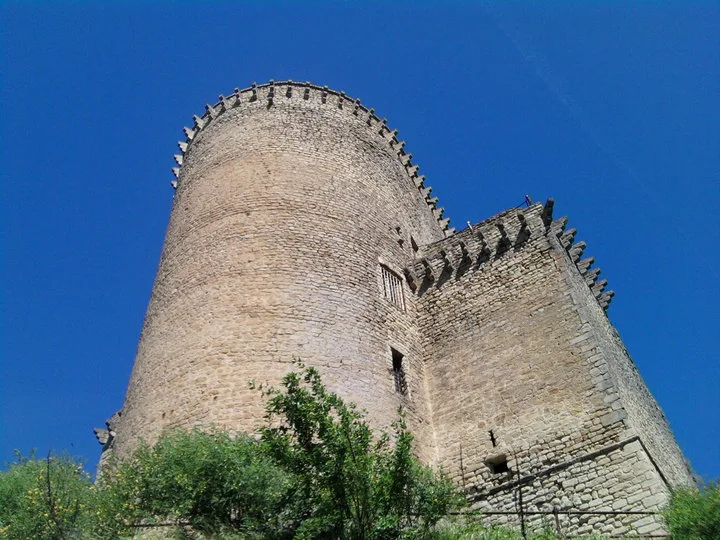Perched on a spur overlooking the Staffora Valley and the Pavese Apennines, Oramala Castle in Val di Nizzais a place steeped in history and legend. But it was also a meeting place for troubadours, poets and musicians who, in the Middle Ages, sang their poems and love songs here. It was also the place where Dante stayed. DanteIt is pleasant to think that the supreme Italian poet, one of the greatest poets of all time, found inspiration for some of his works during his stay in Oramala.
A medieval gem, between legends and history
Erected in the 11th century for defensive purposes by the Malaspina family, Oramala Castle has a history rich in events and changes of ownership. After being owned by the Malaspina family, the manor house then passed to the Bishop of Tortona and, later, to the Marquises D'Este. However, in 1164, thanks to the intervention of Frederick Barbarossa, the castle returned under the control of Obizzo I Malaspina.
The ancient power centre
Until the 13th century, Oramala Castle was the administrative centre of the Staffora Valley and surrounding valleys. As the directional centre of the territory, it exerted considerable influence over the surrounding communities. Due to feudal divisions, the Malaspina family, who controlled the castle, descended to occupy the villages of the main valley, gradually reducing Oramala's function to a secondary one.
From the 14th century onwards, Oramala Castle became the scene of armed conflicts and political conspiracies involving its feudal lords, who often sided with or against the powerful Dukes of Milan. Initially, the Visconti, an influential family in the political scene of the time, tried to gain control of the castle. Later, the Sforzas, another important noble family, came into the picture. One of the highlights was the favour granted by Ludovico il Moro, a member of the Sforza family, to a descendant of the Malaspina family called Manfredi.
Manfredi, the son of Nicolò Malaspina, was granted permission in 1474 to further fortify the castle, reinforcing Oramala as a strategic point and symbol of power in the region.

Within walls and towers
Although the castle is currently closed to the public, it deserves to be admired and photographed. The building is characterised by a huge stone tower with a peculiar plan: a semicircular figure resting on a rectangle. The tower dates from the first half of the 15th century and is a fascinating example of the architecture of the time.
The entrance to the fortress has a lowered arch and a portcullis, which are other interesting features. Above the main building is the noble chapel dedicated to Saint Euphemia, which was built in the 13th century.
In the north wing of the castle, there is an underground room that is thought to have been used as a prison. This detail evokes the atmosphere of the Middle Ages and offers a glimpse of life in the castle during those turbulent times.
Among legends, mysteries and ghosts
Fascinating legends lost over the centuries are woven into the evocative landscape of Oramala Castle. One of these tells of the existence of a mysterious underground tunnel that connected Oramala Castle to the nearby town of Varzi, just a few kilometres away. Although documents have been found attesting to the existence of such a passage, it remains a mystery that has eluded even the most meticulous research.
The castle of Oramala is shrouded in legends that speak of paranormal presences still present within its ancient walls. It is said that the ghosts of two important historical figures, Federico Barbarossa and Obizzo Malaspina, still roam the rooms of the castle, leaving a tangible presence that stimulates the imagination of the curious.
Among these stories, the ghost of Frederick Barbarossa, the Holy Roman Emperor who personally intervened to return the castle to the Malaspina family in 1164, is said to make a surprising gesture. According to the legend, every year at midnight on 25 December, Barbarossa's ghost lights a lamp in one of the castle's rooms, only to extinguish it a few hours later.










